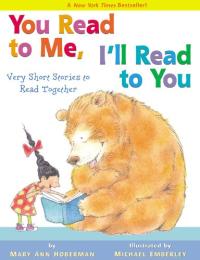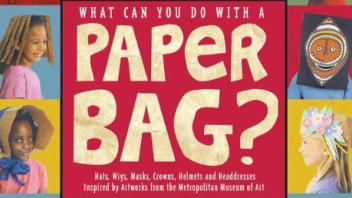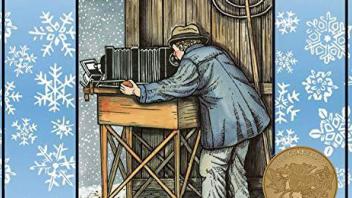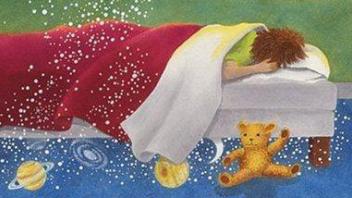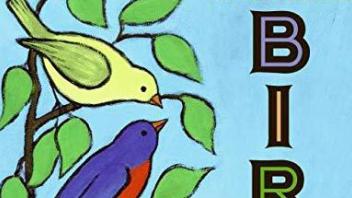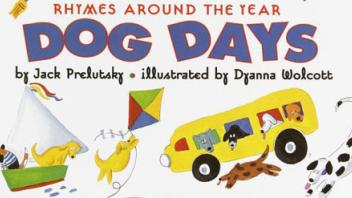Linda Winston: The Tree That Time Built is a title that was given to us by a young, talented naturalist at the American Museum of Natural History. She was referring to the tree that Darwin sketched in the second of his small notebooks. And we have that, it’s right here, I don’t know if you can pick it up, but that’s Darwin’s tree, the first inkling of his idea of evolution and above it he writes, I think. And it’s from his journal.
Mary Ann Hoberman: And so when Amy O’Donnell, and just in passing this phrase the tree that time built, I said, “That’s our title.” We knew it. And once you have a title for a book, everything else kind of coalesces around it; everything else will sort of fit. And this book really grew out of its title. And the more we played and thought about the title, the more it worked.
Linda Winston: Most people feel that there is a big divide between scientists and artists, poets, possibly because science seems very rational; something that you do in a methodical way without imagination. And arts are considered emotional, spontaneous, not coming from that other side of the brain.
But the more we talk to each other, the more we saw that the essential qualities of science and what scientists do and what poets do is rooted in the sense of wonder about the world. And Mary Ann uses that word in more than one way
wonder
and also the careful observation of nature that both scientists and poets do.
Mary Ann Hoberman: Poets and scientists themselves don’t make this dichotomy; it’s people on the outside that make this dichotomy. Scientists recognize they have to have that sort of eureka moment, that idea moment that comes to them not in a rational way, often because they’ve done a lot of spade work, but if that idea doesn’t come, it’s nothing and poets in the same way.
The other thing is that many poets are wonderful naturalists. There is a whole body of nature poetry where poets have been interested in nature, observed it very, very carefully and have even in a number of times pre—what’s the word I want?
Linda Winston: They’ve anticipated.
Mary Ann Hoberman: They’ve anticipated. See, we need two of us to get one. They’ve anticipated scientific discoveries. The most wonderful thing with our book of course was that Charles Darwin whom we celebrate in this book, his grandfather was Erasmus Darwin. And Erasmus Darwin wrote a great long poem at the beginning of the 18th Century during which he describes evolution very beautifully. It’s Charles though that did the hard spade work and really got scientific ballast that established the theory of evolution.
But William Blake in his Songs of Experience and Innocence
We use one of his little poems that I learned in school very young — To See a World in a Grain of Sand. And there is a world in a grain of sand, and scientists know this. So the more we worked, the more we explored and the more we read and the scientists who really value poetry, the more we thought it’s really a fake and a false dichotomy.
Linda Winston: Also Charles Darwin himself was a great writer and his great granddaughter has contributed a poem to our anthology, almost at the last minute. It was a great, great event for us. She published a book about him based on his correspondence and his journals in the last year. And we both came upon it individually and called each other in great excitement and then spoke with our editorial director who tracked her down and she agreed at once to read a selection, which is the last paragraphs of The Origin of Species.
And she’s turned it into a poem by scanning the lines differently, but the diction is so eloquent anyway, and that’s the second to last poem in the anthology. And she does what we did; she introduces them in her own book with prose context. And on the disc where she reads, did we mention that many of the poets are reading on the disc that comes with the book? She reads also some of the context for those last couple of paragraphs, and they are really knockouts.

